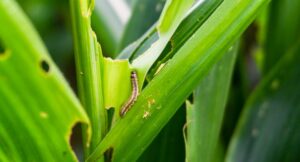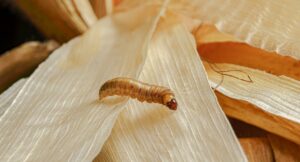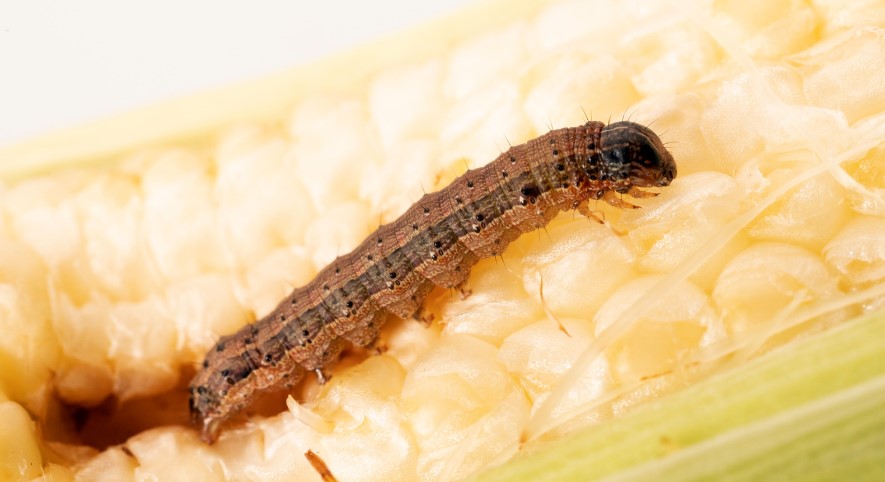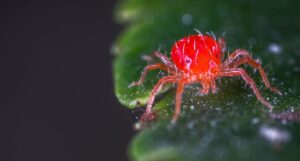As the fall season sets in, so does the invasion of Fall Armyworm. These voracious feeders can wreak havoc on crops, decimating fields and causing significant economic losses for farmers. But fear not, for there are effective strategies to combat this pest and protect your crops. In this blog, we’ll explain how to get rid of Fall Armyworm control and provide you with practical tips to control its impact.
How to Get Rid of Fall Armyworm?

Fall Armyworm, scientifically known as Spodoptera frugiperda, is a destructive pest native to America and Eastern Europe’s tropical and subtropical regions. However, due to its rapid reproductive rate and ability to travel long distances, it has spread to various parts of the world, posing a significant threat to agricultural production.
How to Identify Fall Armyworm?
Identifying Fall Armyworms is crucial for effective control measures. The adult moths are relatively inconspicuous, but it’s the larvae that cause the most damage. Fall Armyworm larvae are distinguished by their pale green or brownish bodies with a distinctive inverted ‘Y’ marking on the head. They also have a series of diagonal stripes along the length of their body.
How to Control Fall Armyworm?
With the right tactics, we can easily control the Fall Armyworm. Let’s look at those control strategies to remove and prevent our crops from Fall Armyworm.

- Early Detection: Regular scouting of fields is essential to detect Fall Armyworm infestations at an early stage. Look for signs such as ragged leaf edges, holes in leaves, and the presence of larvae.
- Biological Control: Encouraging natural enemies of Fall Armyworms, such as parasitic wasps and predatory insects like ladybugs and lacewings, can help keep their populations in check.
- Cultural Practices: Implement cultural practices like crop rotation and intercropping to disrupt the lifecycle of Fall Armyworms and reduce their population buildup.
- Chemical Control: When infestations are severe, chemical control may be necessary. Selective insecticides targeting Fall Armyworm larvae can be applied, following recommended application rates and safety precautions.
- Use of Pheromone Traps: Pheromone traps can be deployed to monitor adult moth activity and help in effective timing control measures.
- Resistant Varieties: Planting Fall Armyworm-resistant crop varieties can provide additional protection against insect infestations.
- Trap Crops: Planting trap crops like sorghum or maize around the main crop can lure Fall Armyworms away, reducing damage to the primary crop.
- Mechanical Control: Handpicking larvae and destroying egg masses can be effective, especially in small-scale or organic farming systems.
Conclusion
Fall Armyworm poses a significant threat to agriculture, but its impact can be minimized with proactive management strategies. By combining effective pest control strategies and getting help from pest control services, farmers can protect their crops from the ravages of this insidious pest. Remember, staying vigilant and adopting a multifaceted approach is key to winning the battle against Fall Armyworm.






